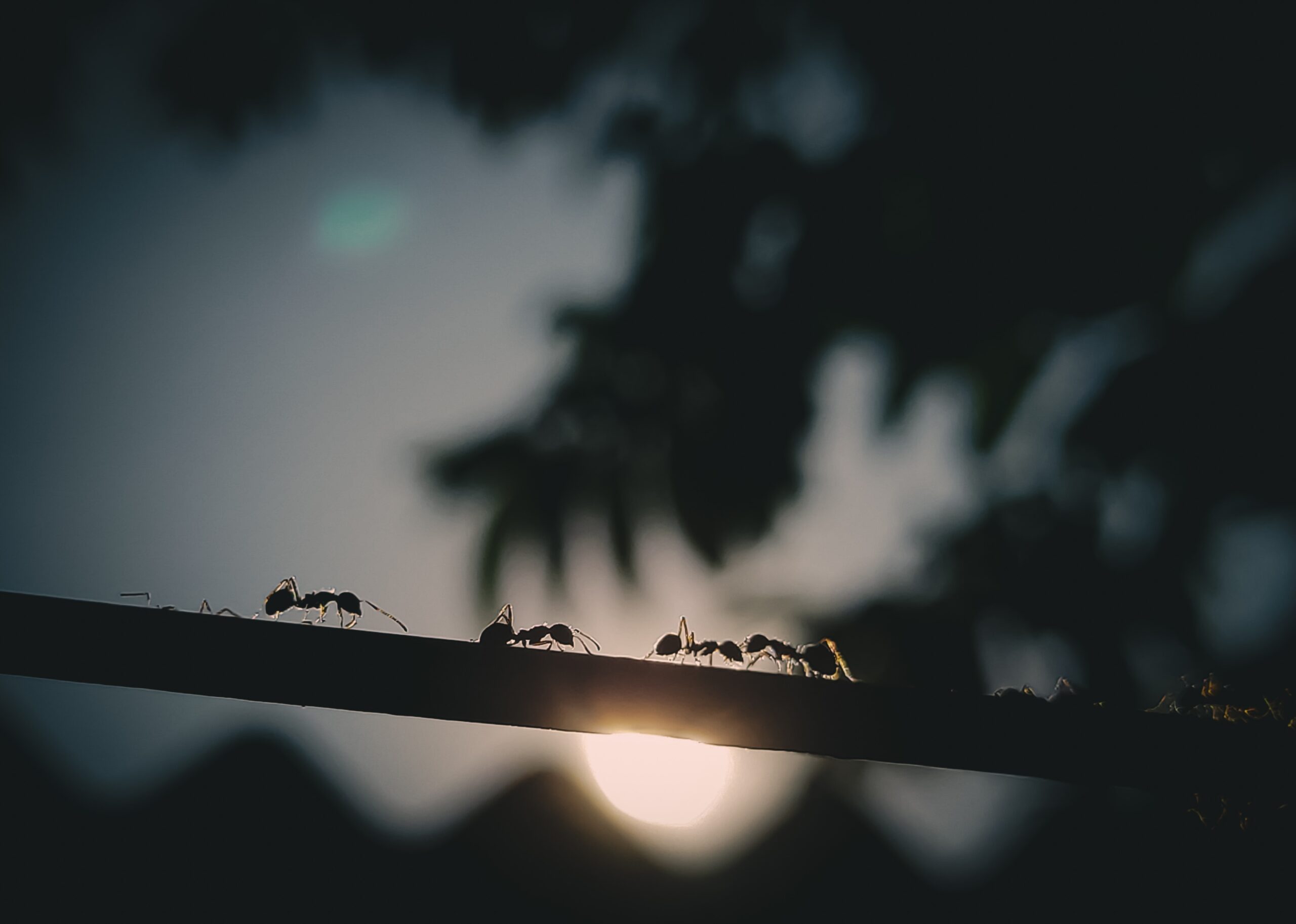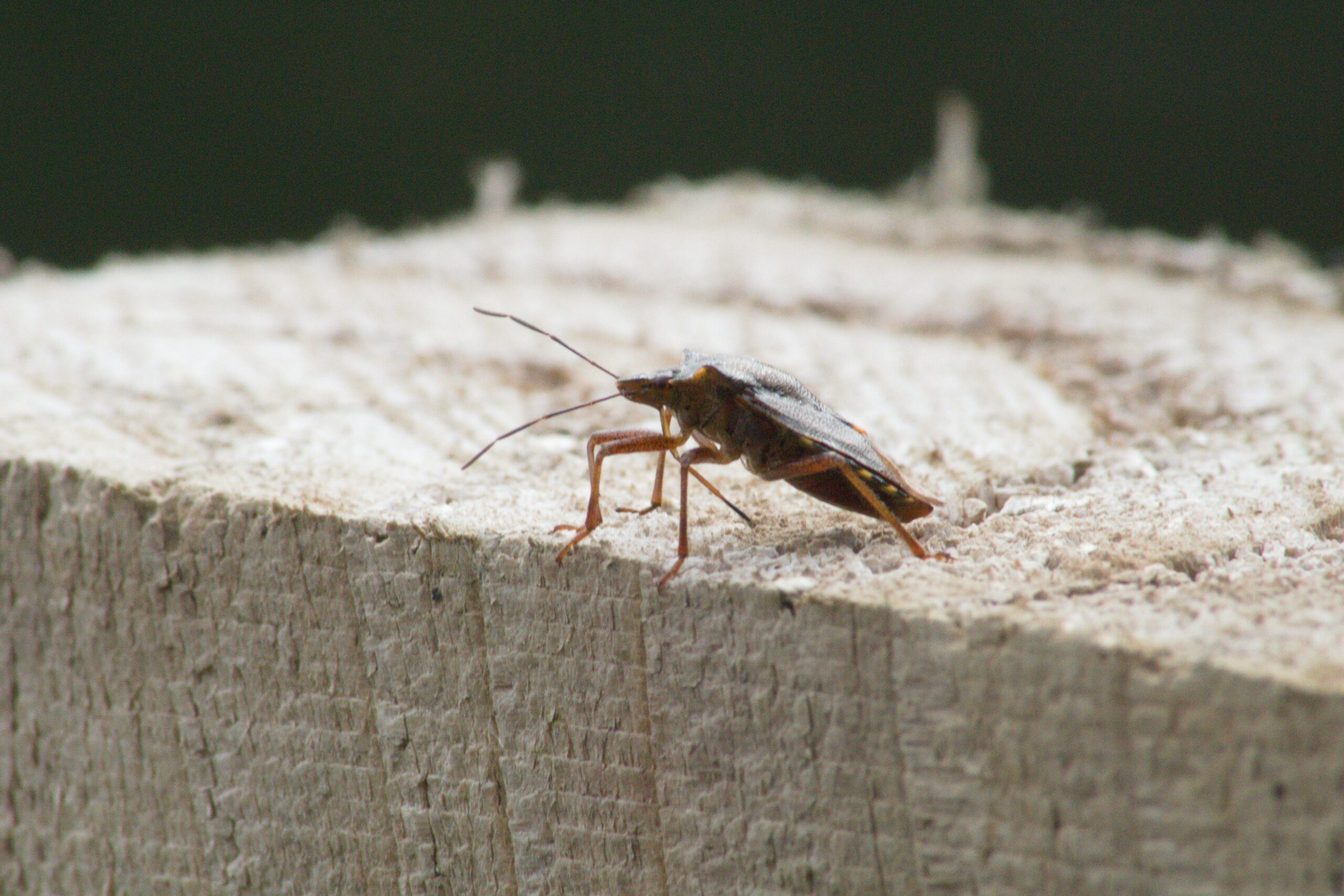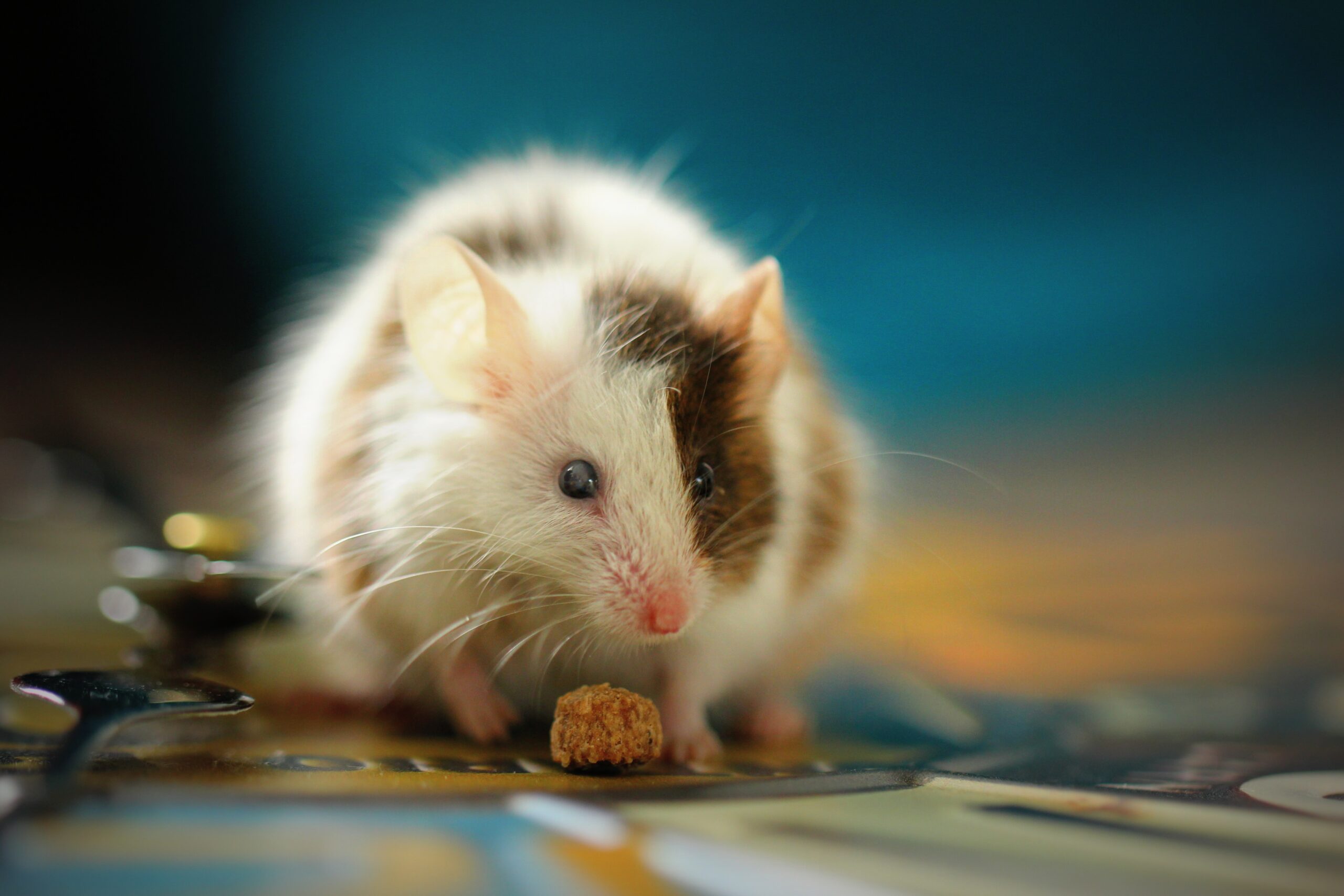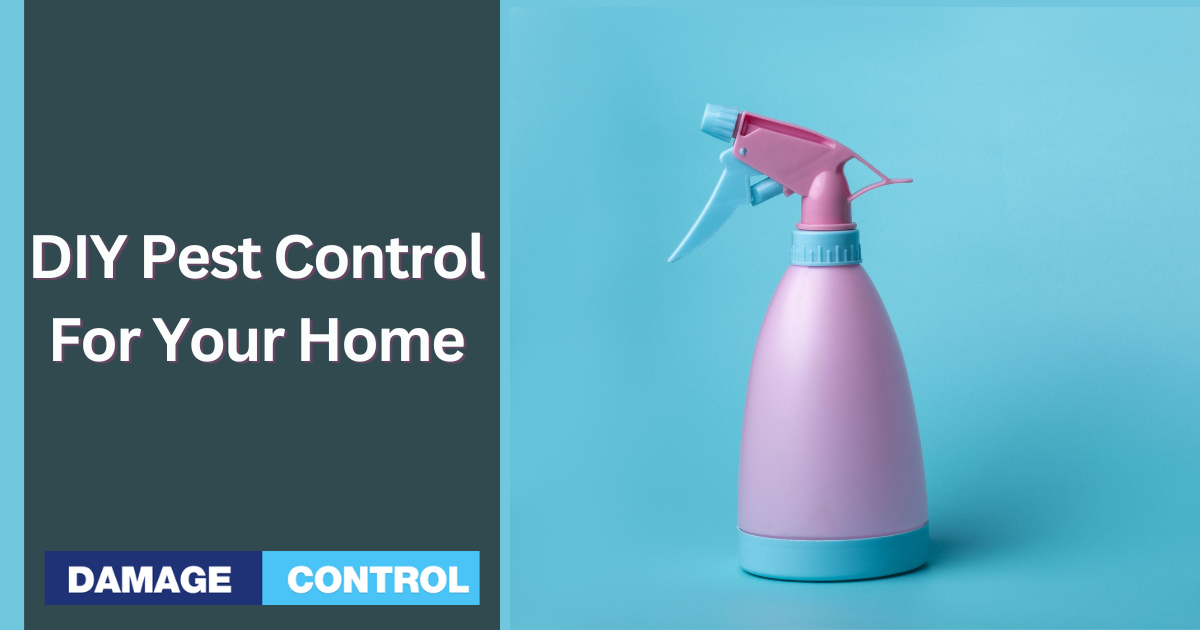Feeling frustrated with unwelcome guests like ants, roaches, or mice in your home? We're not referring to unexpected human visitors but to those irritating little creatures that can infest and take over your living spaces. While the idea of calling in professional exterminators might cross your mind, it's not always the immediate solution.
In many instances, a do-it-yourself approach can be surprisingly effective, saving you not only a good amount of money but also precious time.
Our comprehensive guide offers insights into reclaiming your home using straightforward and potent DIY pest control techniques.
What Common Pests are Targeted in DIY Pest Control?
In the realm of DIY pest control, understanding and identifying the nature of your uninvited guests is paramount.
Among the common culprits that tend to invade households are ants, roaches, mice, spiders, and flies.
Recognizing the specific pest you're dealing with allows you to select the most appropriate strategy to tackle the issue.
With a clear understanding of the pests you're dealing with, you can fine-tune your DIY tactics, ensuring that they are tailored to address and eliminate the specific nuisances plaguing your home.
Know Your Enemy
Embarking on a DIY pest control journey begins with the crucial step of recognizing and pinpointing the specific intruders in your home.
It's not uncommon for homeowners to encounter a range of unwelcome creatures. Among these, ants often march in searching for food, while roaches might scuttle in the shadows, preferring damp and dark spaces.
Mice, with their nimble feet and keen sense of smell, can sneak into the tiniest openings in search of sustenance. On the other hand, spiders, despite being beneficial in some contexts by capturing other pests, can sometimes become a nuisance themselves, weaving webs in corners and crevices. And then there are flies, which buzz around, often hinting at an underlying sanitation issue.
Understanding the exact nature of these invaders is akin to knowing your adversary in battle. With this knowledge in hand, you're better equipped to choose the right strategies and tools.
It empowers you to refine and adapt your DIY pest control techniques, ensuring they are perfectly aligned to tackle and dispel the specific pests you're contending with.
What Precautions Should You Take When DIY-ing?
Venturing into DIY pest control can be an effective and economical choice, but it's imperative to prioritize safety. Many pest control solutions, especially chemical ones, contain substances that can be harmful to humans, pets, and the environment if misused. Even natural remedies, often perceived as harmless, can pose risks if applied inappropriately. For instance, certain essential oils, while effective against pests, can be toxic to household pets.
Moreover, improperly stored pest control products can become a hazard, particularly in households with curious children or pets. Accidental ingestion or exposure can lead to severe health complications or even be fatal.
Additionally, some pests, like wasps or hornets, can become aggressive when threatened, potentially leading to painful stings or bites. Misidentifying pests can also result in ineffective treatments, allowing the problem to persist or even exacerbate.
In essence, while DIY pest control can offer many benefits, it's paramount to approach it with caution, knowledge, and respect for the potential risks involved. Always prioritize safety for yourself, your loved ones, and your environment.
DIY Pest Control Tips
Safety first! Even if you're using natural ingredients, caution is key. Here are some precautionary measures to consider:
- Always wear gloves
- Keep pets and children away from areas where you apply repellents
- Test a small area first, to ensure there's no damage or adverse reaction
- Read and follow all instructions and safety guidelines for any commercial products you may use
How to Make DIY Pest Repellents
Interested in making your own pest repellents? Great! There are numerous safe and natural ingredients you can use. These repellents are not only cost-effective but also environmentally friendly.
Gather Natural Ingredients

Embarking on a journey to create your own pest repellents? A myriad of natural ingredients can be harnessed effectively. Essential oils stand at the forefront, with peppermint oil being a potent deterrent for mice and spiders.
Similarly, lavender and eucalyptus oils are known for keeping away mosquitoes. For those dealing with ants, a mixture of lemon juice or cinnamon can act as a natural barrier.
In the fight against flies, apple cider vinegar proves invaluable. Simply placing a bowl of it in infested areas can attract and trap them. For larger pests like moles or rabbits, castor oil can be a deterrent when sprinkled around gardens.
Garlic and chili pepper, in their various forms, also serve as robust repellents for a variety of critters due to their strong scents. And for a general, all-purpose repellent, a combination of soap, water, and a touch of cayenne pepper can keep a broad spectrum of pests at bay.
Remember, while these natural ingredients can be effective, it's crucial to test any mixture in a small area first and to ensure they're safe for your specific household environment, especially if you have pets or young children.
Ants

Mix equal parts of vinegar and water in a spray bottle. A quick spritz where you notice ants will send them packing.
Roaches

Baking soda and sugar make an excellent roach killer. Sprinkle the mixture near their hideouts and watch them disappear.
Mice

Peppermint oil acts as a natural deterrent. Soak cotton balls and place them in areas where mice frequent.
What Are Other DIY Strategies for Pest Control?
If repellents haven't fully addressed your pest problem, there are several other methods to bolster your defenses.
Start by meticulously sealing any entry points. This involves closing off gaps and openings where tiny intruders might find a way in, essentially locking the door against them.
Another significant step is maintaining cleanliness. Pests are often attracted to mess and leftovers, so a spick-and-span home becomes considerably less appealing to them.
For more troublesome invaders like mice and rats, consider incorporating traps. These devices can be discreetly placed in strategic spots to capture and manage the rodent population.
Furthermore, introducing certain plants into your home or garden can be both aesthetically pleasing and functional. Herbs such as basil exude aromas that naturally repel some pests, making them think twice about settling in.
Lastly, be mindful of how you store food. Using airtight containers ensures that enticing scents don't escape, minimizing the chances of attracting unwelcome guests.
By weaving these strategies together, you're not just addressing the pest problem but creating a comprehensive shield, ensuring your home remains a fortress against the most common unwanted visitors.
Conclusion
Don't let pests ruin your peace of mind. With these DIY pest control tips, you can create a bug-free zone without breaking the bank. Remember, the goal is to be proactive rather than reactive. Happy DIY-ing!

